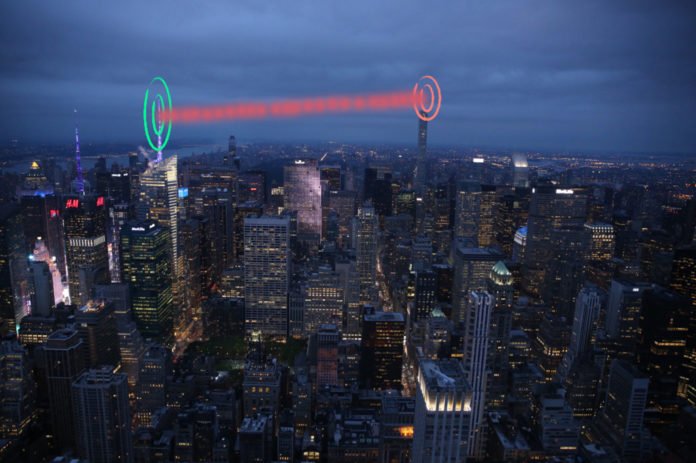Recent advances in quantum computers may soon give hackers access to machines powerful enough to crack even the toughest of standard internet security codes. To fight back against the future threat, researchers are wielding the same strange properties to make quantum computer hack-proof.
Scientists at the Duke University, The Ohio State University, and Oak Ridge National Laboratory have developed a system to make high-speed quantum encryption. In their system, scientists have included a technique is secure from common attacks, even in the face of equipment flaws that could open up leaks.
Daniel Gauthier, a professor of physics at The Ohio State University said, “We are now likely to have a functioning quantum computer that might be able to start breaking the existing cryptographic codes in the near future.”
“We really need to be thinking hard now of different techniques that we could use for trying to secure the internet.”
The technique involves ciphers i.e., encryptions keys through which the data will appear as gibberish to the hacker. Means personal information sent over the web is first scrambled using one of these keys and then unscrambled by the receiver using the same key.
During data transfer, both sender and receiver must have access to the same key, and it must be kept secret. Quantum Key Distribution (QKD) exploits one of the essential properties of quantum mechanics.
It measures tiny bits of matter like electrons or photons automatically changes their properties to exchange keys in a way that immediately alerts both parties to the existence of a security breach.
Though QKD was first theorized in 1984 and implemented shortly thereafter. But those systems transmit keys at relatively low rates.
Nurul Taimur Islam, a graduate student in physics at Duke said, “At these rates, quantum-secure encryption systems cannot support some basic daily tasks, such as hosting, an encrypted telephone call or video streaming.”
Scientists found a way to pack more information onto each photon, making their technique faster. For this, they adjusted the time at which the photon is released, and a property of the photon called the phase so that their system can encode two bits of information per photon instead of one.
They then paired this trick with high-speed detectors. This powered their system to transmit keys five to 10 times faster than other methods.
Gauthier, who began the work as a professor of physics at Duke said, “It was changing these additional properties of the photon that allowed us to almost double the secure key rate that we were able to obtain if we hadn’t done that.”
The specialists precisely described the restrictions of each bit of gear they utilized. They then incorporated all the experimental flaws into the theory.
Islam said, “We wanted to identify every experimental flaw in the system, and include these flaws in the theory so that we could ensure our system is secure and there is no potential side-channel attack.”
Encryption keys encoded in photons of light can be sent over existing optical fiber lines that tunnel under urban communities, making it generally direct to coordinate their transmitter and collector into the present web framework.
